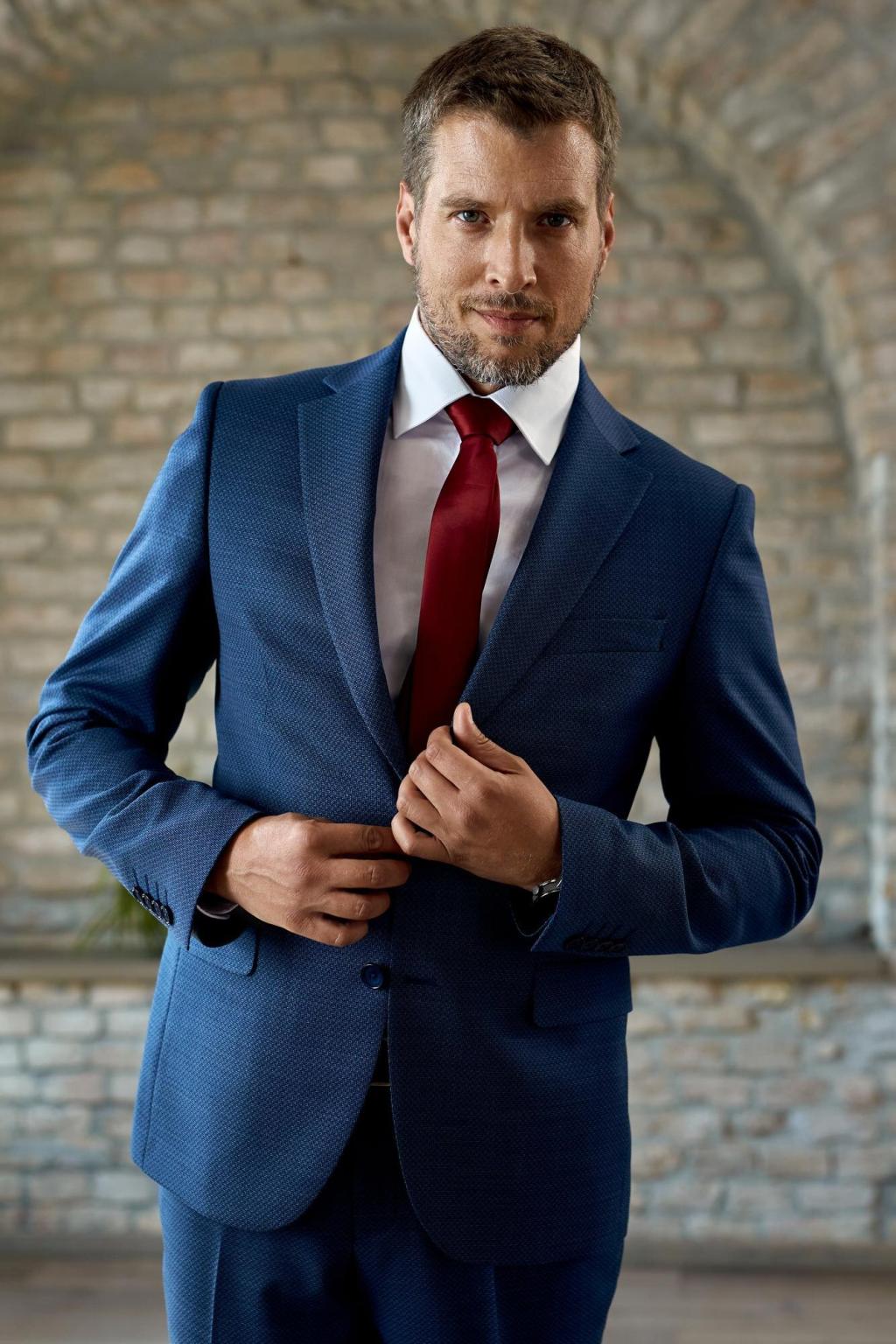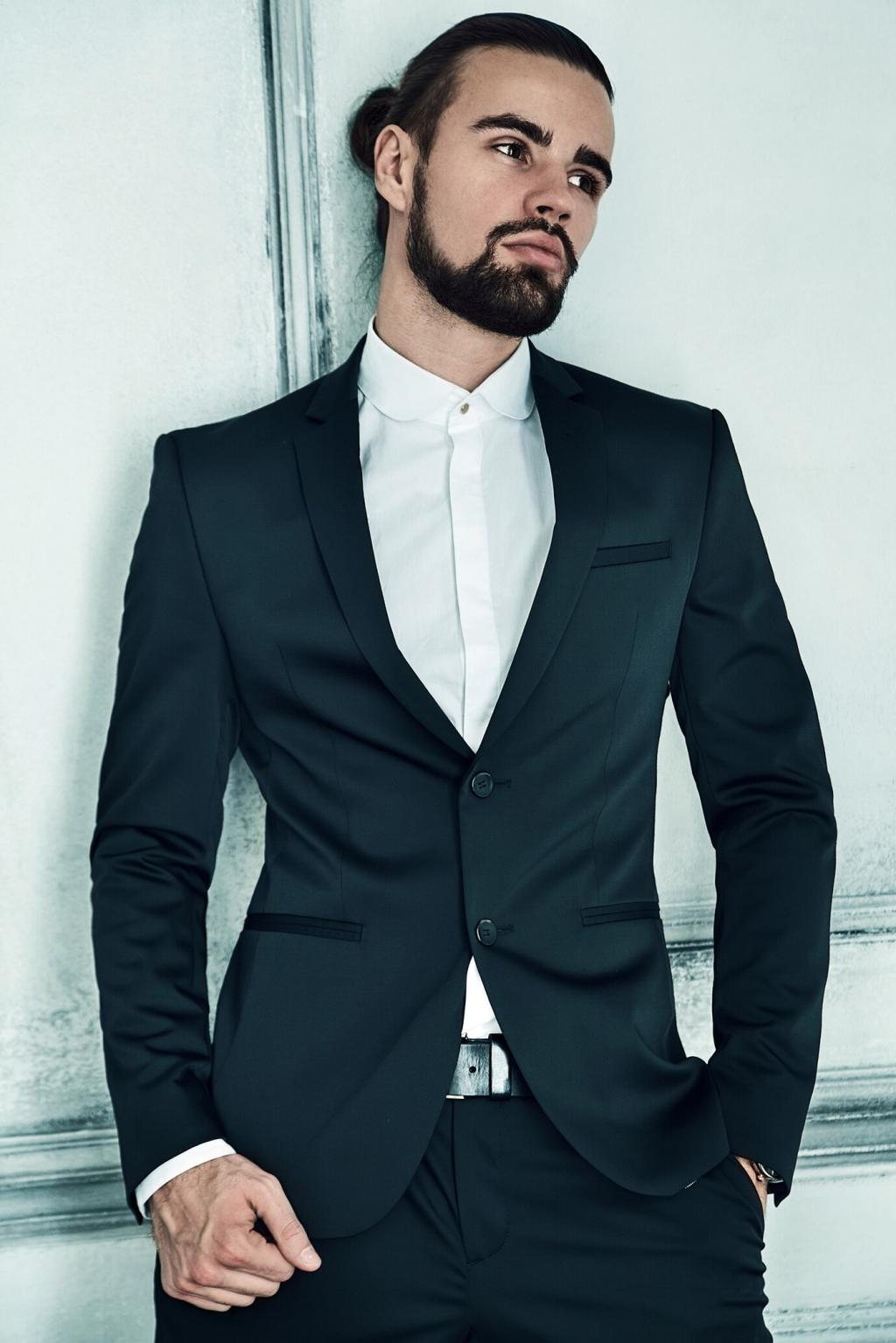Understanding Dress Codes for Different Formal Events in English
Decoding Black Tie and White Tie Attire
Black tie events are typically evening occasions with a high level of formality, such as galas, awards nights, or upscale weddings. For men, this usually involves a black tuxedo, a crisp white dress shirt, a black bow tie, and polished black dress shoes. Women often opt for floor-length gowns or, in some cases, elegant cocktail dresses. Accessories are subtle and sophisticated, with a focus on refined style. The atmosphere is all about elegance and maintaining a sense of understated glamour, so choices should reflect this—minimal patterns, subdued colors, and timeless fabrics are preferred.

Business Formal Versus Semi-Formal Attire
Business formal attire is expected at important professional events like corporate meetings, boardrooms, interviews, or high-stakes presentations. For men, this means a classic, dark-colored suit, a conservative tie, a button-down shirt, and leather dress shoes. Women are typically expected to wear tailored pantsuits or skirt suits, often with neutral-colored blouses and understated accessories. The aim is to convey competence and reliability while adhering to a conservative standard. Fabrics and cuts should be crisp and structured, avoiding overly bold patterns or bright colors. The business formal dress code represents professionalism at its highest level and leaves little room for personal expression through style.
Semi-formal attire is a step down from business formal but still has an air of elegance and structure. Commonly required at evening parties, weddings, or cultural events, guests have a bit more room to choose fabrics, colors, and cuts. Men may wear a tailored suit and tie, but separate jackets and trousers in lighter hues are acceptable, especially for daytime events. Women can choose between cocktail dresses or chic separates, with some freedom for expressive accessories and modest prints. While semi-formal is less rigid, appropriateness, polish, and harmony with the event’s tone are central—guests are expected to make a visible effort to look put together without tipping into extravagance.
The interpretation of business formal and semi-formal dress codes can vary based on season, geography, and cultural context. During warmer months, lighter fabrics, softer colors, and shorter sleeves may be permissible, whereas winter calls for richer tones and heavier textiles. Additionally, certain cultures might incorporate traditional garments or accessories into a formal dress code. It’s wise to research local etiquette if you’re attending an event in another country or community, ensuring you dress with both formality and cultural sensitivity in mind.

Previous
Next
